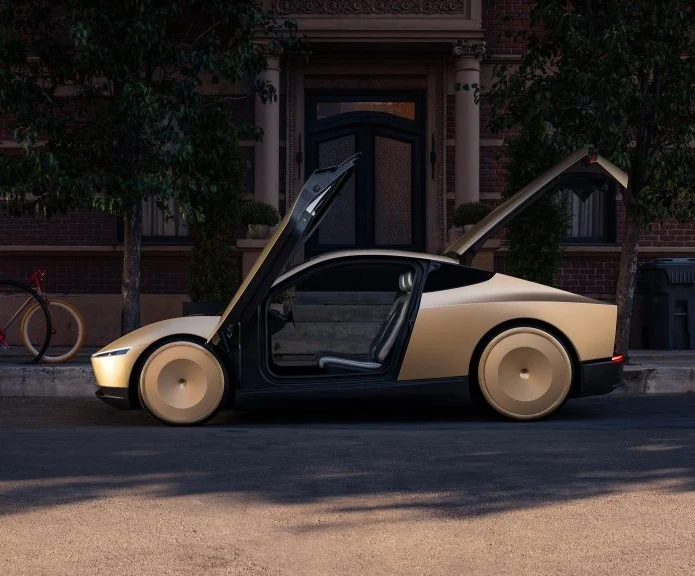Key Takeaways
1. Tesla plans to launch a robotaxi service by the end of this year, featuring the Cybercab vehicle.
2. The Cybercab will have a battery capacity of less than 50 kWh, offering a driving range of approximately 300 miles.
3. The vehicle’s aerodynamic teardrop design enhances its energy efficiency, making it one of the most efficient electric vehicles available.
4. The tapered rear design of the Cybercab is intended to improve aesthetics while maintaining functionality.
5. Prototype Cybercabs are expected to be built this summer, with a full-scale launch anticipated in 2026.
Tesla is gearing up to unveil a robotaxi service by the end of this year, and key company leaders have shared important details about the vehicle that will support this ride-hailing initiative. Earlier today, Lars Moravy, the Vice President of Vehicle Engineering, and Franz von Holzhausen, the Senior Design Executive, discussed their plans with renowned automotive presenter Sandy Munro.
Impressive Specifications
The Cybercab will feature a battery pack with a capacity that falls short of 50 kWh. This allows for a practical driving range of around 300 miles, while also achieving the top energy efficiency among electric vehicles currently available.
The two-seater’s streamlined shape and aerodynamic wheel covers play a significant role in its leading energy efficiency. Von Holzhausen noted, “This vehicle is really special because of its teardrop design. It’s actually narrower at the back than at the front. Sure, you’ve covered the wheels, but the aerodynamics is a major element in achieving a longer range with a smaller battery.”
Unique Design Features
Von Holzhausen pointed out the tapered rear of the Cybercab, which can be easily seen from an aerial view. He emphasized that this design choice doesn’t make the vehicle look unattractive.
Tesla is in the process of installing production machinery for the Cybercab at its Giga Texas facility. Prototype versions are expected to be built during the summer, with a full-scale launch planned for 2026. The self-driving model has already been observed at the company’s large site in Austin, Texas.
Source:
Link


Leave a Reply